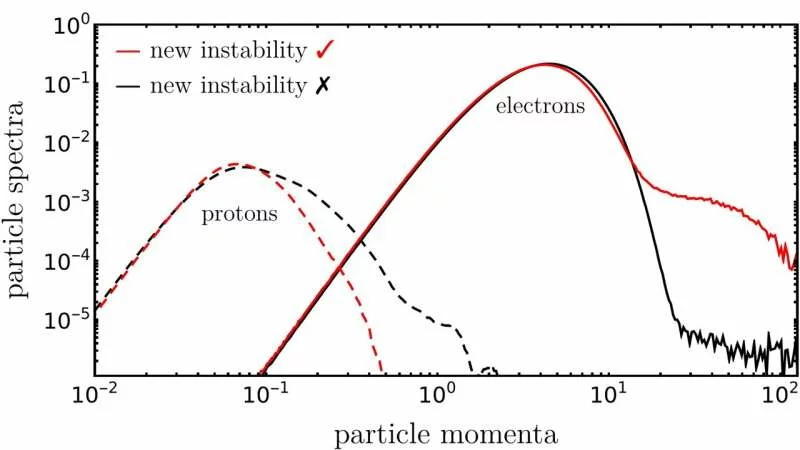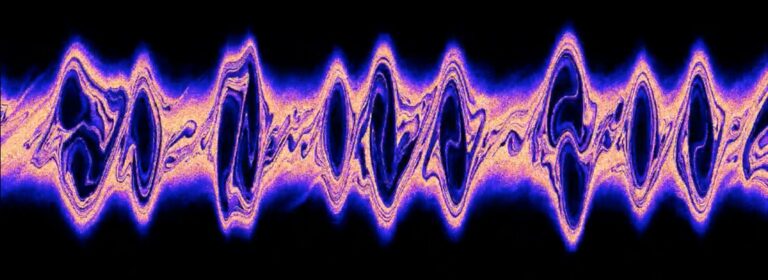Fresh Plasma Instability Reveals Insights into Cosmic Ray Characteristics
Researchers from the Leibniz Institute for Astrophysics Potsdam (AIP) have unveiled a novel plasma instability that holds the potential to revolutionize our comprehension of the genesis of cosmic rays and their dynamic influence on galaxies. At the onset of the last century, Victor Hess made a groundbreaking discovery by identifying a phenomenon called cosmic rays, a feat that later earned him the Nobel Prize. Through high-altitude balloon flights, he ascertained that the Earth’s atmosphere wasn’t ionized due to ground radioactivity, but rather by an extraterrestrial source. Subsequently, it was established that cosmic “rays” were constituted of charged particles from outer space, hurtling at speeds approaching that of light, contrary to being radiation. Despite these findings, the name “cosmic rays” endured.
In this recent investigation, Dr. Mohamad Shalaby, a scientist at AIP and the primary author of the study, along with collaborators, conducted numerical simulations to track the trajectories of numerous cosmic ray particles. Their focus was on exploring these particles’ interactions with the encompassing plasma comprised of electrons and protons. The paper has been published on the pre-print server arXiv.
While examining cosmic rays traversing from one side of the simulation to the other, the researchers stumbled upon a fresh phenomenon. They identified that these cosmic rays triggered the generation of electromagnetic waves within the backdrop plasma. These waves exerted a force on the cosmic rays, inducing alterations in their trajectories.

Most crucially, comprehending this fresh phenomenon is best achieved by regarding cosmic rays not as individual particles but as a support for a collective electromagnetic wave. As this wave interacts with the underlying waves in the environment, substantial amplification occurs, facilitating energy transfer.
“This insight allows us to perceive cosmic rays akin to radiation rather than individual particles within this context, aligning with the original understanding proposed by Victor Hess,” notes Professor Christoph Pfrommer, who leads the Cosmology and High-Energy Astrophysics section at AIP. A fitting analogy for this behavior is visualizing individual water molecules uniting to form a wave breaking at the shoreline.
“This advancement stemmed from delving into smaller scales often overlooked, challenging the application of effective hydrodynamic theories in plasma studies,” elucidates Dr. Mohamad Shalaby.
The implications of this newfound plasma instability are myriad, notably offering an initial explanation for the acceleration of electrons from the thermal interstellar plasma to high energies within supernova remnants.
“This recently identified plasma instability signifies a significant advancement in understanding the acceleration process, elucidating the reason behind the emission of radio and gamma rays from these supernova remnants,” states Mohamad Shalaby. Furthermore, this groundbreaking discovery paves the way for a deeper comprehension of the fundamental mechanisms governing the transport of cosmic rays in galaxies. This area remains the most enigmatic aspect in deciphering the processes shaping galaxies during their cosmic evolution.
This article is republished from PhysORG under a Creative Commons license. Read the original article.
Do not forget to share your opinion with us to provide you with the best posts !




0 Comments